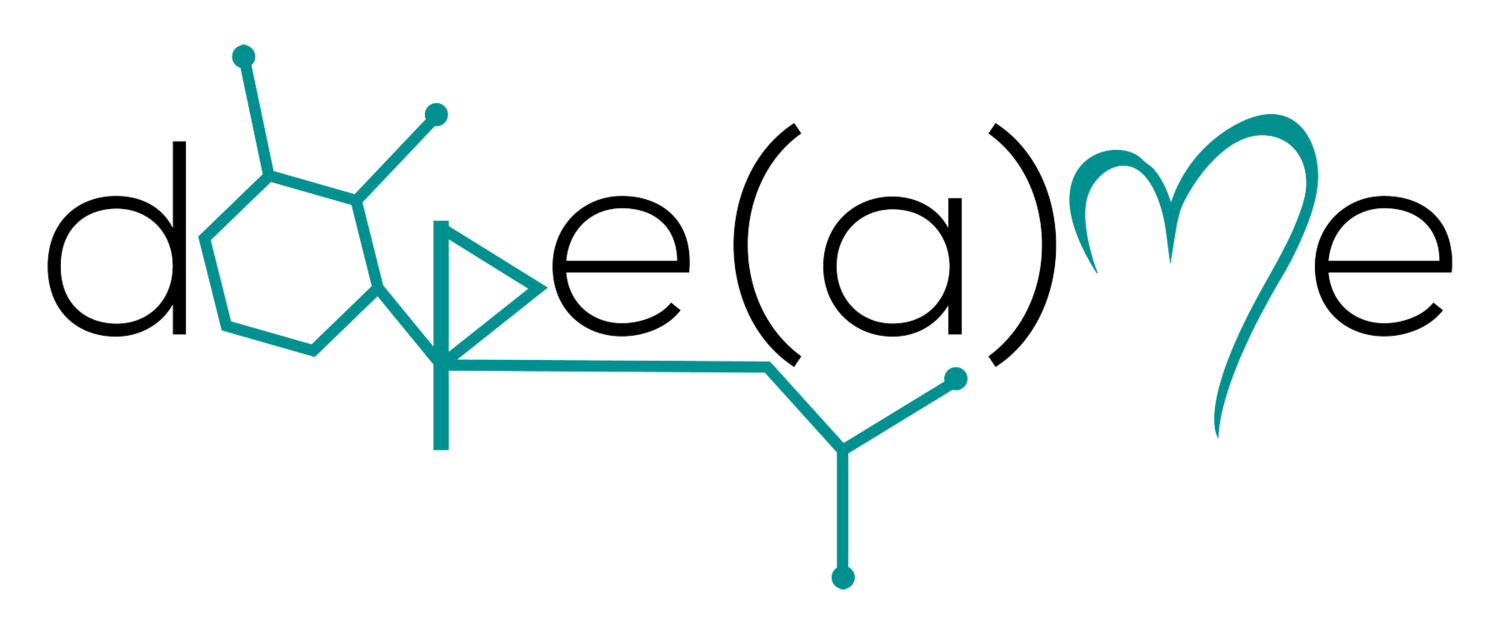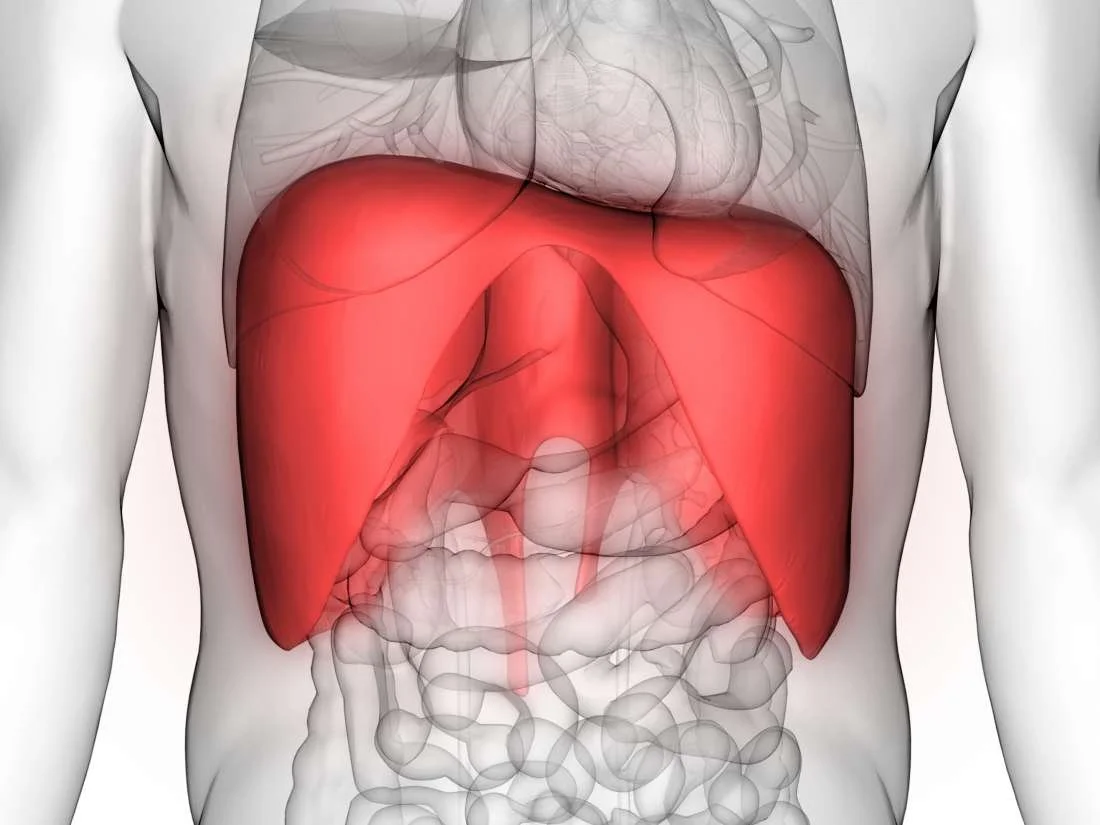This has been an interesting week, as it was full of facilitation opportunities (one on one and groups) which are an ongoing part of my Somatic Breathwork and Yoga business. Additionally, my Grandpa McCue died a few nights ago, which brought up many deep reactions around my familial relationships and very young parts of me that needed me to tend to them in ways that required a considerable amount of energy.
Friday morning was the first time this week I could slow down to review and integrate the notes I had been gathering. This allowed for fruitful reflection, practice, and capturing of insights and curiosities, as I explored some ideas around what it looks like to incorporate more of a social work lens within the current facilitation that I offer. At this point that looks like being even more intentional with inclusive language, as well as curating experiences that lead to a broader understanding of the cultural burdens and collective traumas of systemic racism that influence us all in similar and unique ways.
I have begun to think about my practicum project as a container that I am inviting people in to experience, and the steps that are required to create a clear connection to what and why this container exists, why someone might choose to step into this container with me, what tools and guidelines I suggest for navigating within this container, and what potential outcomes I am hoping to co-create and discover. I enjoy approaching this project in layers, and multi-dimensionally; creating the framework for presentation, reflecting and writing about the process of creation, moving through the framework myself to do the work, sharing openly about what I am learning, working towards larger presentations and facilitations, and generating several modes for organizing the data to share it through multiple platforms and in multiple ways. This feels so fascinating and deeply integrating for me.
One of my main goals for this week was to gather contextual definitions of each concept that is a part of my project’s title. I am envisioning a video presentation of this project that I will share on youtube, as well as a few live presentations over the next few months to share what I am working on and invite others into the process with me (for feedback as well as participation). As I near the end of this week I am feeling more clear and aligned.
I figured that a great purpose for this second blog post marking the second week of my practicum could be the descriptive breakdown of what an autoethnography is and why I chose that for my methodology.
The working title for this project is an MSW self-directed practicum as an Autoethnography of a trauma-informed post-colonial approach to deconstructing colonialism from the inside out. Quite a mouth full.
Here we go, let’s start with what an Autoethnography is:
According to Ellis et al (2011), an ethnography is participatory and relational as a qualitative methodology for a researcher to “study a culture's relational practices, common values and beliefs, and shared experiences for the purpose of helping insiders (cultural members) and outsiders (cultural strangers) better understand the culture” (p. 3).
When we add ‘auto’ to an ethnography, the researcher is now engaging in self-reflexivity to include the study of their “past experiences, point of view, and roles” as impacting their observations as an integral part of the research process (Poulos, 2021, p. 4). Through writing about their self experience in contact with their research, this helps “illuminate the many layers of human social, emotional, theoretical, political, and cultural praxis” (Poulos, 2021, p. 5).
As Poulos (2021) succinctly summarizes:
“[A]utoethnography is a qualitative research method that:
1) uses a researcher’s personal experience to describe and critique cultural beliefs, practices, and experiences;
2) acknowledges and values a researcher’s relationships with others;
3) uses deep and careful self-reflection—typically referred to as “reflexivity”—to name and interrogate the intersections between self and society, the particular and the general, the personal and the political;
4) Shows people in the process of figuring out what to do, how to live, and the meaning of their struggles;
5) balances intellectual and methodological rigor, emotion, and creativity; and
6) strives for social justice and to make life better” (p. 4).
As such, the method of the autoethnography “is both process and product” (Ellis et al, 2011, p. 1), which feels very aligned with how I have learned to facilitate and integrate.
Why I chose an Autoethnography approach:
The wise Maya Angelou (2009) expresses the importance of this work with her words:
“There is no greater agony than bearing an untold story inside of you.”
Autoethnography utilizes an invitational approach through story-telling and vulnerability, both of which are powerful ways of sharing and learning, as well as being strongly aligned with Indigenous ways of knowing.
As the renowned Audre Lorde so aptly depicted in a speech in 1984, “The master’s tools will never dismantle the master’s house.” In order for me to engage in deconstruction of colonialism from the inside out, I am resolutely aware that the tools I use and the mindset in my approach need constant reflection and consideration. As Ellis et al (2009) describes, the relationality and reflective nature of the autoethnography is a method that resists colonialist research tactics that are authoritative and extractive. This aspect of the method is imperative, as I am aware of the possibility of blindly using colonialist methods while attempting to engage in decolonizing work. The more vulnerable I can be throughout this process, the more likely it is that I will notice when my tools being employed come from white supremacy culture or someone else will be able to offer me that feedback.
“We are strongest when we are allowed to be vulnerable - with ourselves and each other. White supremacy culture does not allow for vulnerability. And that is a tragedy for us all” (Okun, 2023).
Additionally, the autoethnography inherently involves collaboration, sharing, and discussing, which are safe-guards as I continue to see what I may be currently blind to. This also supports my understanding that what I am engaging in is not brand new, nor am I the only one who has attempted and is currently engaged in this work. This project is my contribution as a blip within an arena that is ripe with creative activities and curious seekers who are in the process of learning and practicing deconstruction of colonialism. The more collaborative I can be in this journey, the more I will be supporting and learning from others.
Lastly, autoethnography is an academic method that provides me with a framework to create a “formal” paper for presentations at conferences, which will lend to my goal of expanding my social work network, and build my embodied experience of this work in a way that will further my agenda of being a sessional instructor at Universities so I can share this and continue developing it.
I can collaboratively build this house for you to experience along with me, and I can open the door and give you a guided tour. But only you can choose to step in.
“When someone isn’t ready to be free, forcing them to do the labor of awakening becomes an act of violence. We can neither drag people to freedom nor scare them, manipulate them, intimidate them, or use one of our favorite collective techniques - yell at them on social media - to get them to freedom” (Owens, 2023, p. 32).
Until next week, xo
References
Angelou, M. (2009). I know why the caged birds sing. Ballantine Books.
Ellis, C., Adams, T. E., & Bochner, A. P. (2011). Autoethnography: An overview. Historical Social Research, 36(4), 273-290. https://doi.org/10.12759/hsr.36.2011.4.273-290
Lorde, A. (1984). The master’s tools will never dismantle the master’s house (Comments at the “The personal and the political panel,” Second Sex Conference, New York, September 29, 1979). In Sister outsider (pp. 110–113). Sister Visions Press. (Original work published 1979)
Okun, T. (2023). White Supremacy Culture. WHITE SUPREMACY CULTURE. https://www.whitesupremacyculture.info/
Owens, L. R. (2023). The New Saints: From Broken Hearts to Spiritual Warriors. Sounds True.
Poulos, C. N. (2021). Writing autoethnography. Essentials of Autoethnography., 31–50. https://doi.org/10.1037/0000222-003




